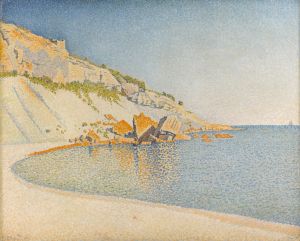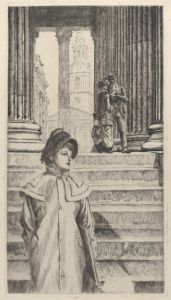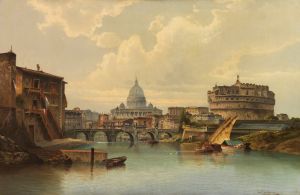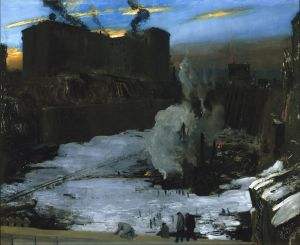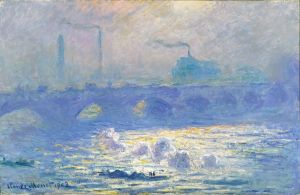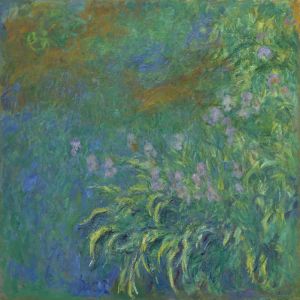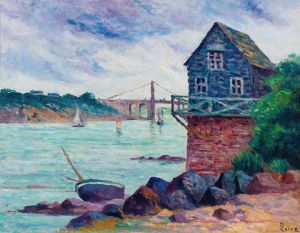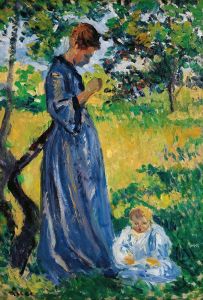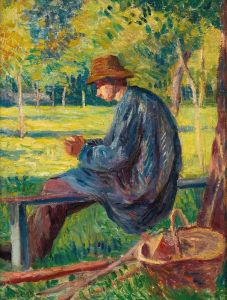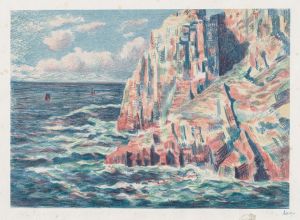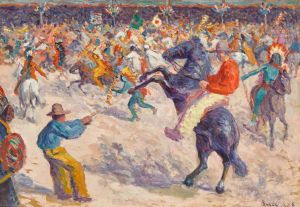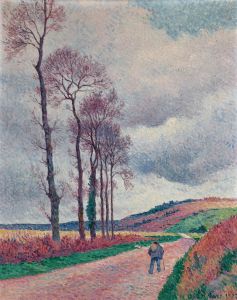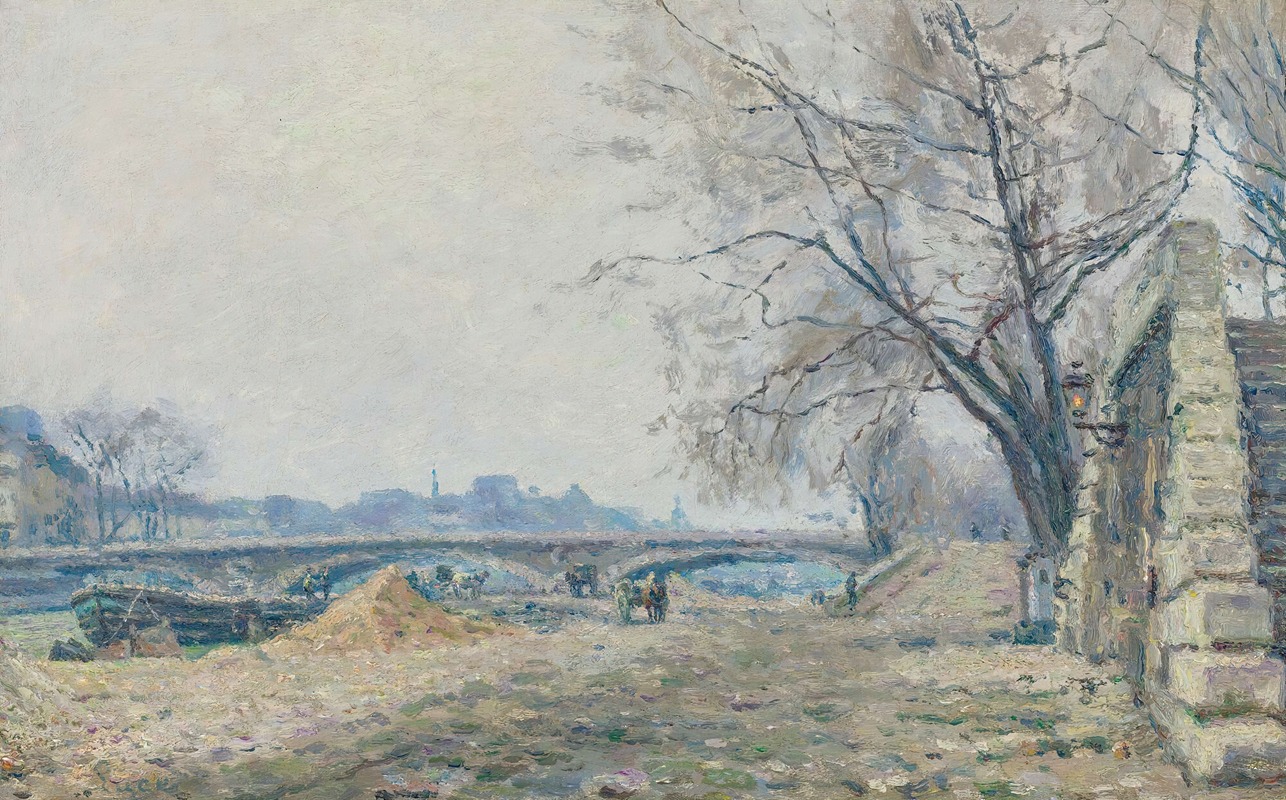
Le Pont De Solférino
A hand-painted replica of Maximilien Luce’s masterpiece Le Pont De Solférino, meticulously crafted by professional artists to capture the true essence of the original. Each piece is created with museum-quality canvas and rare mineral pigments, carefully painted by experienced artists with delicate brushstrokes and rich, layered colors to perfectly recreate the texture of the original artwork. Unlike machine-printed reproductions, this hand-painted version brings the painting to life, infused with the artist’s emotions and skill in every stroke. Whether for personal collection or home decoration, it instantly elevates the artistic atmosphere of any space.
Maximilien Luce was a French Neo-Impressionist artist known for his pointillist technique and his depictions of urban and rural scenes. One of his notable works is "Le Pont de Solférino," which captures the essence of Parisian life and the architectural beauty of the city during the late 19th and early 20th centuries.
"Le Pont de Solférino" is a painting that showcases the Solférino Bridge, a structure that once spanned the Seine River in Paris. The bridge was named after the Battle of Solférino, a significant conflict during the Second Italian War of Independence. Built in 1861, the Solférino Bridge connected the Quai Anatole France on the left bank to the Quai des Tuileries on the right bank, facilitating the movement of people and goods across the river. Although the original bridge was dismantled in 1960, it remains an important historical landmark through artworks like Luce's.
Maximilien Luce's depiction of the Solférino Bridge is characterized by his use of the pointillist technique, a method developed by Georges Seurat and Paul Signac. This technique involves applying small, distinct dots of color to the canvas, which blend in the viewer's eye to create a cohesive image. Luce was deeply influenced by this style and became a prominent figure within the Neo-Impressionist movement. His works often reflect a keen interest in light, color, and the everyday life of the people he observed.
In "Le Pont de Solférino," Luce captures the vibrancy of Paris with meticulous attention to detail. The painting likely portrays the hustle and bustle of the city, with pedestrians and possibly carriages crossing the bridge, set against the backdrop of the Seine and the architectural grandeur of Paris. The use of color and light in the painting would have been intended to evoke the atmosphere of the city, highlighting the interplay between natural and artificial elements.
Luce's work is often noted for its social and political undertones. As an artist, he was deeply committed to anarchist ideals and often depicted the working class and their environments. While "Le Pont de Solférino" primarily focuses on an urban landscape, it is possible that Luce's broader body of work reflects his interest in the lives of ordinary people and the social dynamics of his time.
Maximilien Luce's contribution to the art world extends beyond his paintings. He was also an engraver and illustrator, and his works have been exhibited in various galleries and museums. His artistic legacy is marked by his commitment to capturing the essence of his surroundings and his innovative use of color and technique.
"Le Pont de Solférino" remains a testament to Luce's skill as a painter and his ability to convey the spirit of Paris through his art. While the original Solférino Bridge no longer exists, Luce's painting preserves its memory, offering viewers a glimpse into the historical and cultural landscape of Paris during his lifetime.





